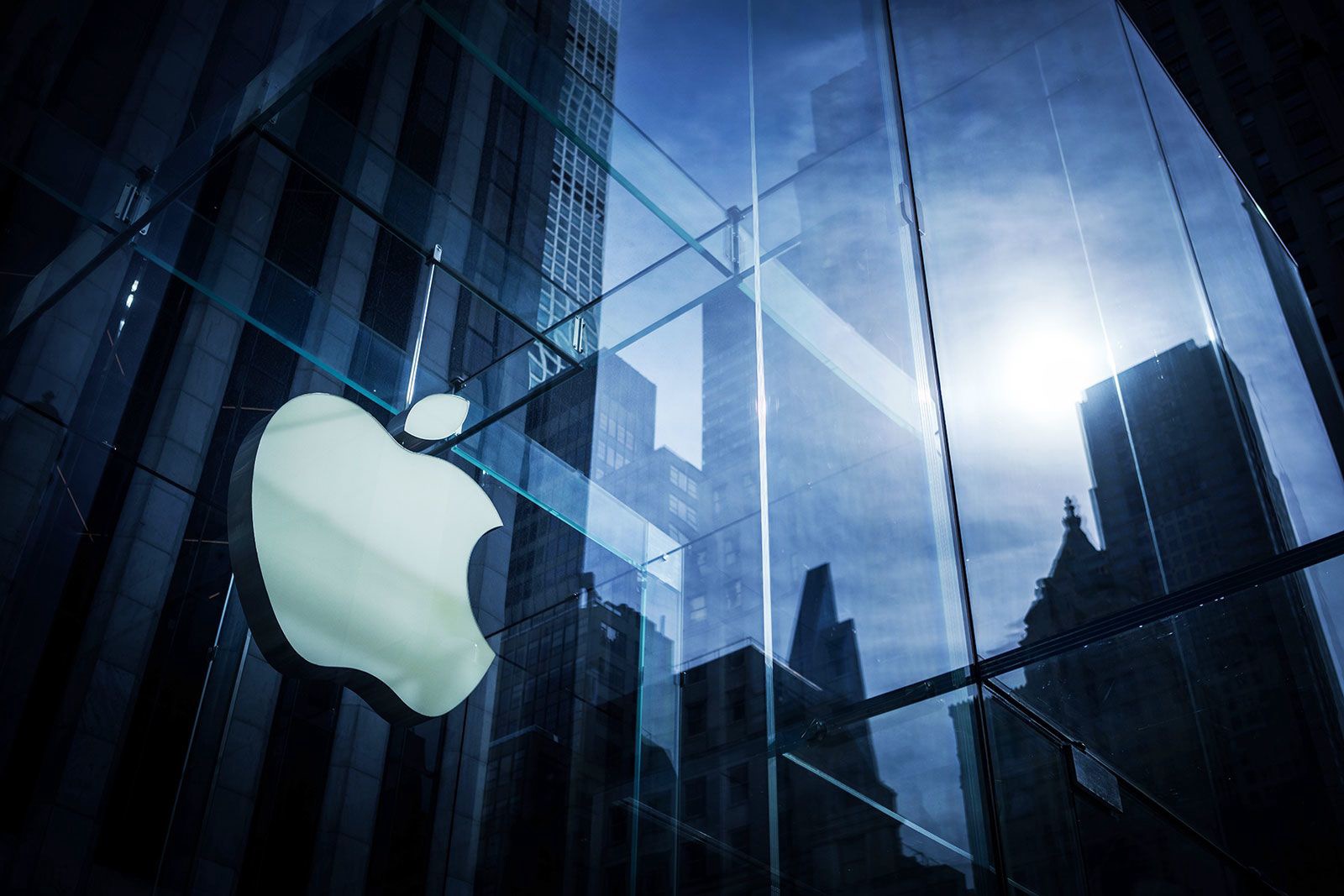In a shocking move, Amtrak’s CEO has announced his resignation, marking a significant shift for the state-owned railroad company amidst growing threats of privatization from influential figures, including former President Donald Trump and Tesla’s CEO, Elon Musk. The resignation, which came earlier this week, has raised questions about the future of the company, its leadership, and the potential consequences of privatizing a public transportation institution that has been a cornerstone of American travel for decades.
Amtrak, which operates the majority of the nation’s passenger rail services, has long faced financial challenges, with critics arguing that it operates at a loss and is a drain on taxpayers. However, supporters contend that it plays a crucial role in reducing congestion, promoting environmental sustainability, and offering a vital alternative to air and car travel. Now, with pressures mounting from both the private sector and political figures, the company is at a crossroads.
A Resignation Amid Threats of Privatization
CEO William Flynn, who had helmed Amtrak for just over two years, announced his departure citing “personal reasons” in a statement released by the company. However, industry insiders have speculated that the resignation may be directly linked to escalating calls for privatization that have intensified in recent months, particularly from prominent figures like Trump and Musk.
Donald Trump, who has consistently criticized Amtrak’s operations and its reliance on federal funding, has been vocal about his desire to privatize the company. During his presidency, Trump proposed drastic cuts to Amtrak’s funding and has long expressed the belief that the rail system would be more efficient and profitable in private hands. This sentiment was echoed by Elon Musk, the billionaire entrepreneur behind Tesla and SpaceX, who has been increasingly critical of government-run enterprises.

In a recent public statement, Musk suggested that privatizing Amtrak would lead to a “faster, more innovative, and cost-effective” rail service, which aligns with his broader vision of privatizing critical infrastructure to encourage competition and technological advancement. Musk’s comments, combined with Trump’s ongoing rhetoric, have created an atmosphere of uncertainty for Amtrak and its leadership.
The Growing Pressure for Privatization
Privatization advocates argue that Amtrak’s continued reliance on government subsidies is unsustainable and that private companies would be better positioned to run the service more efficiently. Trump, who is known for his pro-business stance, has repeatedly criticized the company for its perceived inefficiency, calling it a “boondoggle” that “wastes taxpayer money.” Under his administration, the federal government attempted to significantly cut funding for Amtrak, but those efforts were met with resistance from lawmakers, particularly those in states that rely heavily on rail service.
Musk has also pointed to the success of private enterprises in revolutionizing transportation, such as the development of high-speed rail projects in countries like Japan and China. His vision for privatized railroads includes not just high-speed trains, but also potential integration with his own ventures, such as the Hyperloop—a proposed high-speed transportation system that could dramatically reduce travel times between major cities.
Despite the high-profile backing of privatization from Trump and Musk, many experts argue that Amtrak’s role in American infrastructure cannot be underestimated. The company serves millions of passengers annually, particularly in regions where public transportation options are limited. Critics of privatization warn that it could lead to increased fares, reduced service in less profitable regions, and a general decline in the quality of service.
The Future of Amtrak
The departure of CEO William Flynn leaves Amtrak in a state of uncertainty. While the company’s board has appointed an interim CEO, it remains unclear how the leadership transition will impact ongoing efforts to modernize the rail service. Over the past few years, Amtrak has invested heavily in upgrading its fleet, expanding its routes, and modernizing stations, with the goal of making rail travel more appealing to a broader demographic.
However, these efforts have faced obstacles, including budgetary constraints and competition from other forms of transportation, such as buses and air travel. The privatization debate has only intensified the scrutiny on Amtrak’s finances, with some critics suggesting that the company’s continued dependence on federal subsidies is not a sustainable model for the future.
In light of the growing privatization threats, lawmakers from both parties have expressed concern. Many have emphasized the importance of maintaining a publicly owned rail service, particularly in rural areas that might otherwise be neglected by private companies. Amtrak’s supporters argue that the company plays an essential role in fostering economic development, reducing carbon emissions, and providing affordable transportation options for millions of Americans.
A Divisive Debate
The question of whether Amtrak should remain publicly funded or be privatized has sparked a fierce debate. On one side, proponents of privatization argue that it would lead to a more efficient, competitive, and innovative service. On the other, defenders of Amtrak warn that privatization could undermine the company’s mission to provide reliable, affordable transportation for all Americans, regardless of where they live or their income level.

As Amtrak grapples with leadership changes and the looming threat of privatization, its future remains uncertain. The company’s next steps will be closely watched by both rail advocates and critics alike, as the debate over the role of government in providing essential services continues to evolve.
The coming months will likely see a renewed push for privatization from figures like Trump and Musk, but the fate of Amtrak will ultimately rest on how lawmakers, the public, and the company’s leadership respond to the shifting political and economic landscape. With the resignation of its CEO, Amtrak finds itself at a pivotal moment in its history—one that could determine whether the company remains a key part of America’s transportation infrastructure or becomes a relic of the past.












